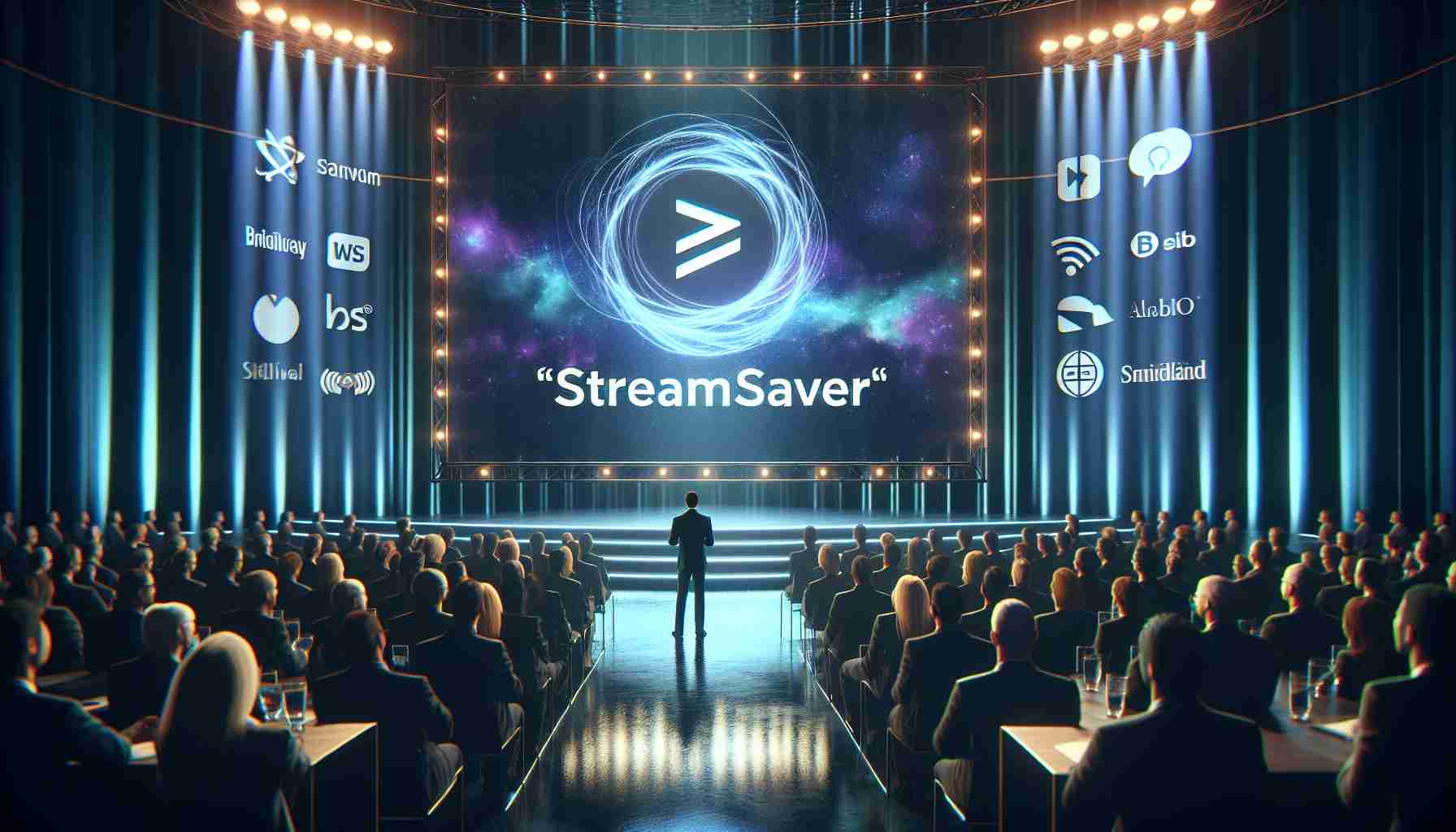Comcast has taken a bold step by reintroducing the concept of media bundling through its newly launched StreamSaver package, a combination offering which includes prominent streaming services such as Peacock, Apple TV+, and Netflix. This innovative bundle aims to cater to the diverse desires of its extensive customer base covering internet, TV, and mobile platforms.
StreamSaver is poised to enter the market at an exceptionally competitive price point, though the specific details on costs have yet to be disclosed. This remark was made during a recent media and internet conference, emphasizing the company’s expertise in the art of video bundling, which spans six decades.
In an environment where media conglomerates like Disney and Warner Bros. Discovery are gearing up to present their own streaming partnerships, and a joint venture involving Fox is setting the stage for a live sports streaming service, the landscape of digital consumption is undoubtedly getting more intricate.
The question that looms over consumers is whether these bundles will streamline their subscriptions and finances, or simply add to the complexity of choices already made overwhelming by other perks such as subsidies from telecommunications and financial institutions. As the industry waits for more details, the potential financial benefits of StreamSaver could present a tempting proposition for those looking to simplify their streaming services under one roof.
Important Questions and Answers:
1. What is StreamSaver?
StreamSaver is Comcast’s latest initiative, a bundle package that includes subscriptions to major streaming services such as Peacock, Apple TV+, and Netflix. It is designed to offer a consolidated streaming experience across internet, TV, and mobile platforms.
2. How will StreamSaver affect the streaming market?
StreamSaver’s competitive pricing may attract customers looking for a simplified subscription model, potentially influencing other media conglomerates to adjust their strategies. It could also spark debates about the implications on market competition and consumer choice.
3. Will StreamSaver’s introduction lead to changes in consumer behavior?
StreamSaver may encourage consumers to reconsider their current streaming service subscriptions and shift towards a bundled offering for convenience and potentially lower costs.
Key Challenges or Controversies:
– Market Saturation: With many streaming options available, consumers may be overwhelmed by choices, leading to subscription fatigue. StreamSaver’s attempt to consolidate services must strike a balance between adding value and further complicating the market.
– Content Overlap: Bundling services with overlapping content could lead to redundancy, which may not be cost-effective for customers who are highly selective about their viewing habits.
– Net Neutrality Concerns: As Comcast is also an internet service provider (ISP), the offering of StreamSaver could raise concerns about net neutrality, particularly if the service was to receive preferential treatment over other streaming content.
Advantages and Disadvantages:
– Advantages: StreamSaver could offer cost savings and convenience by consolidating multiple streaming subscriptions into one package. This might provide a simplified billing process and easier management of subscriptions. Such bundles can also lead to exclusive content offerings or special features for subscribers.
– Disadvantages: The main disadvantage of a service like StreamSaver is the potential for limiting consumer choice by promoting a select few streaming services over others, which could harm competition. Additionally, customers may end up paying for some content they do not need or want if the bundle is not sufficiently customizable.
Related Links:
For more information about Comcast’s services, you might visit their official website: Comcast.
Please note that specific details regarding StreamSaver’s pricing and service options were not provided in the article, and further updates from Comcast would be necessary to fully assess the program’s value proposition and implications for the streaming market.
The source of the article is from the blog queerfeed.com.br
